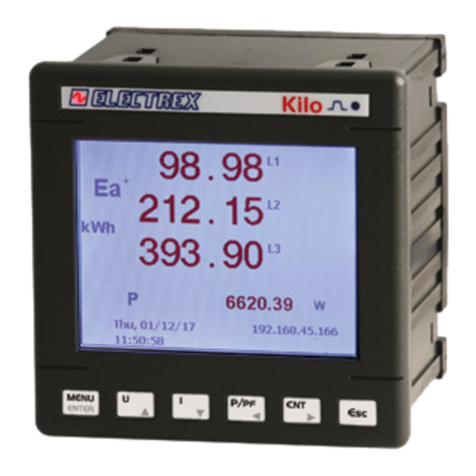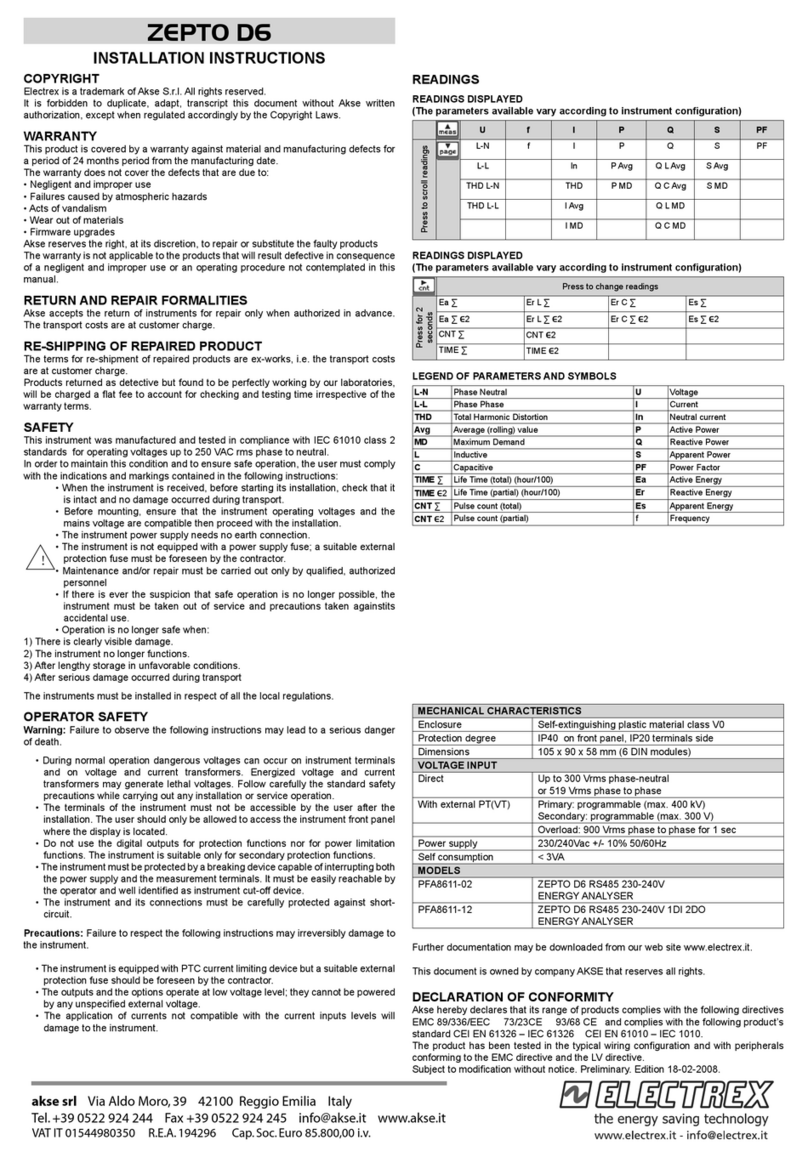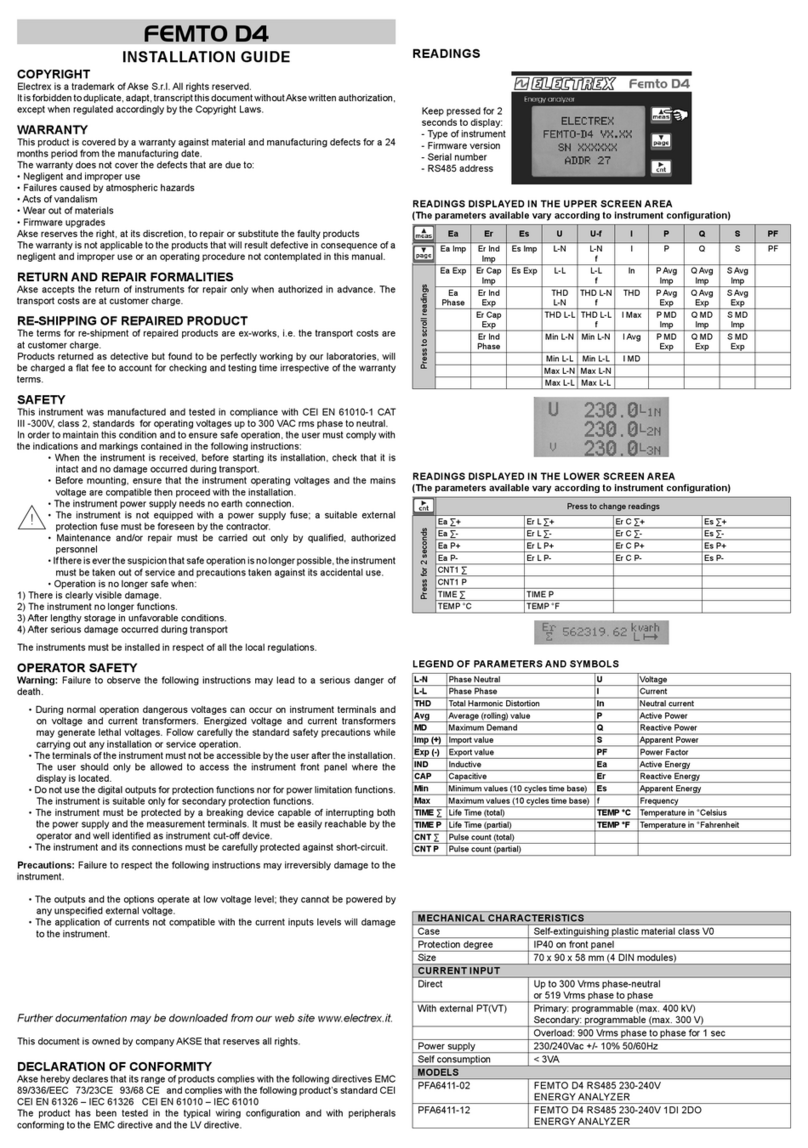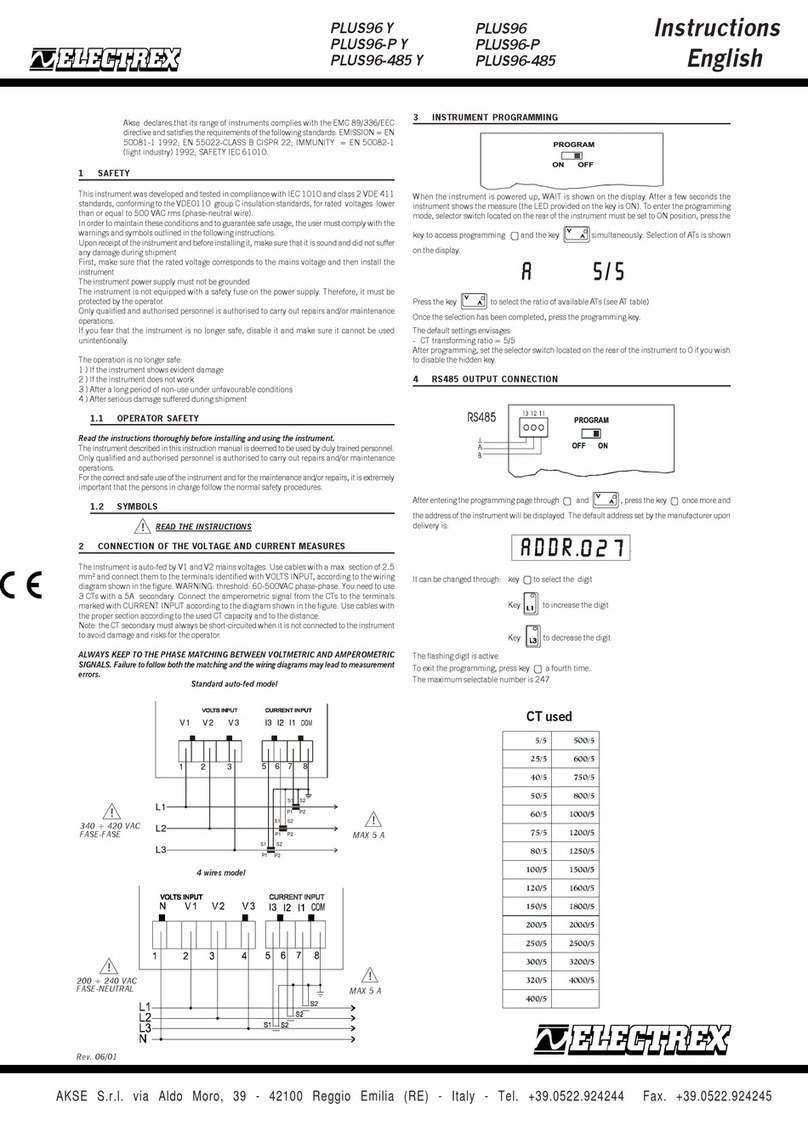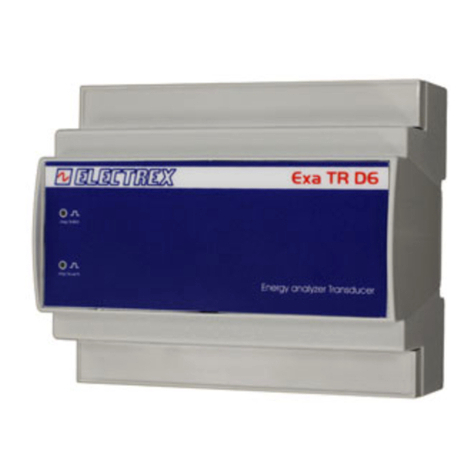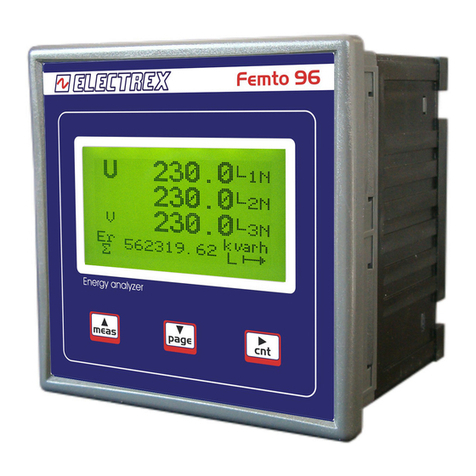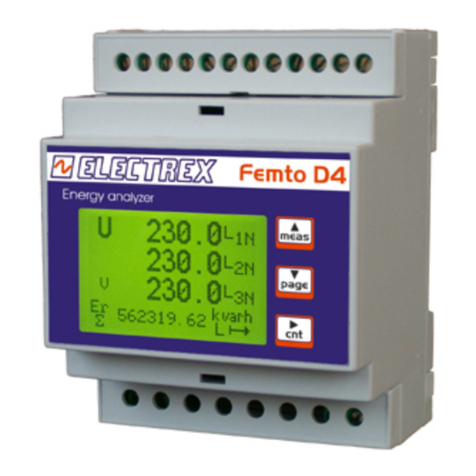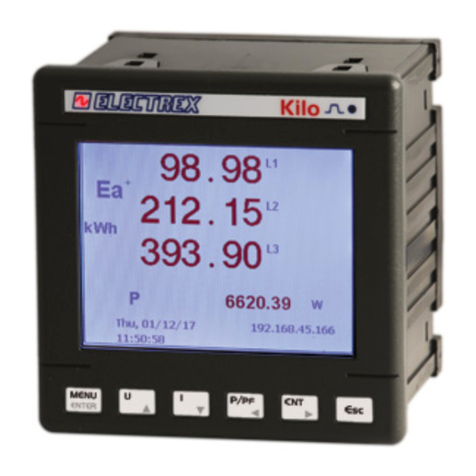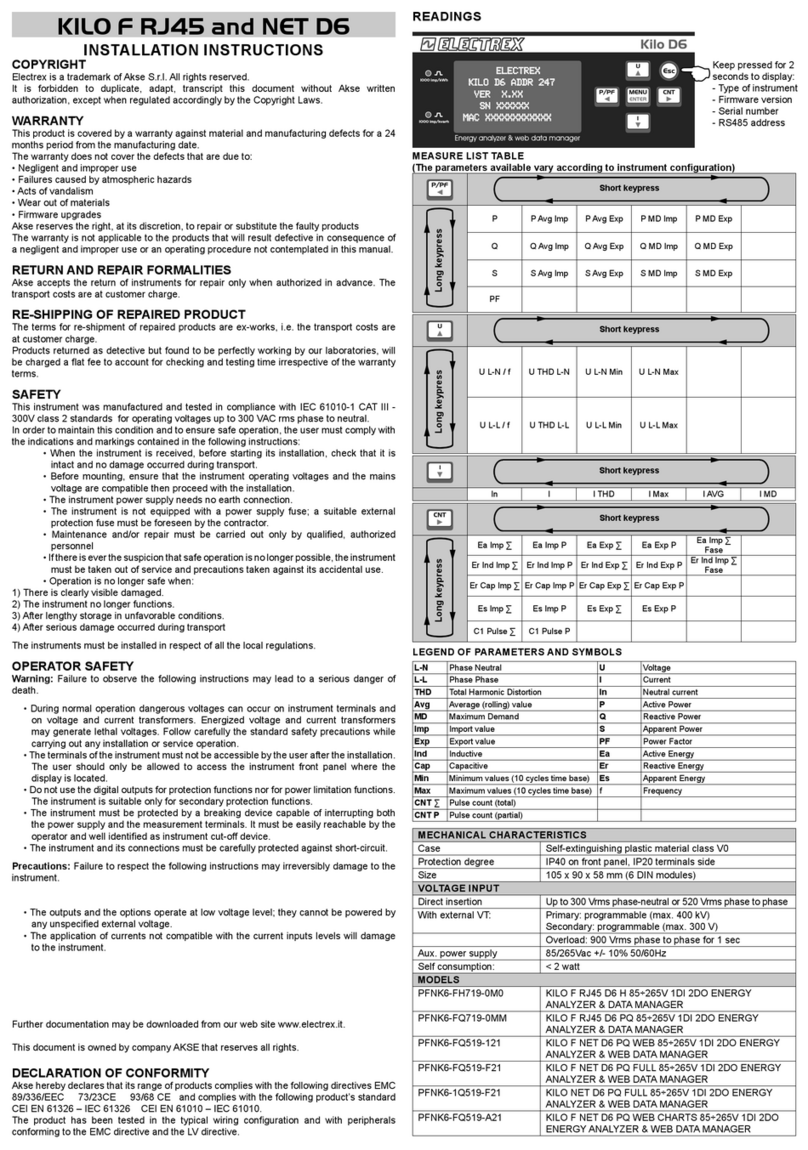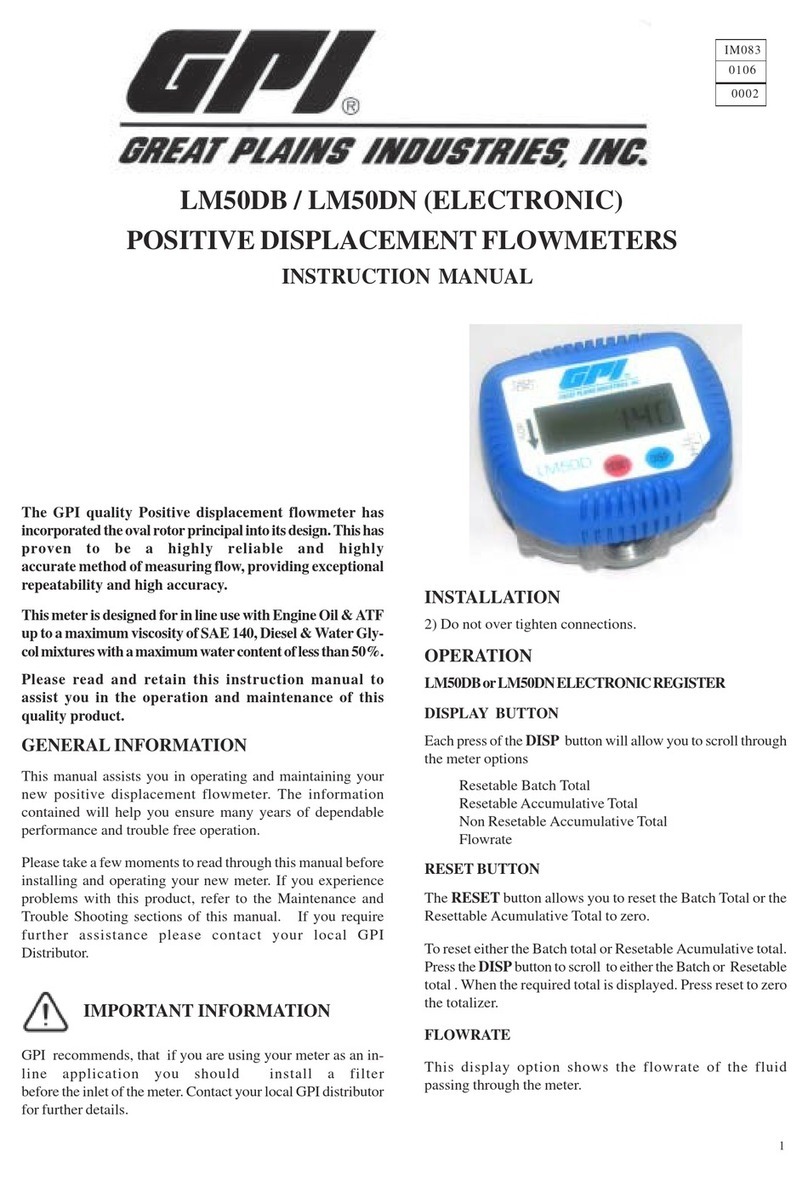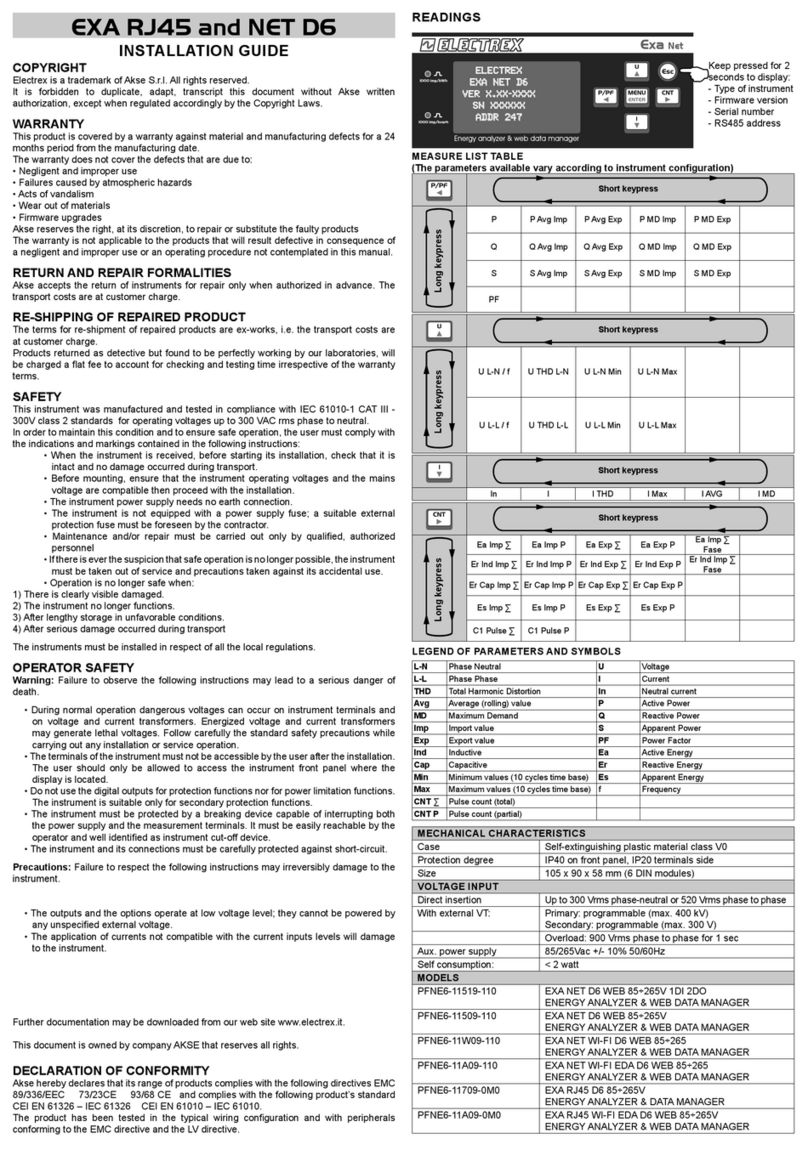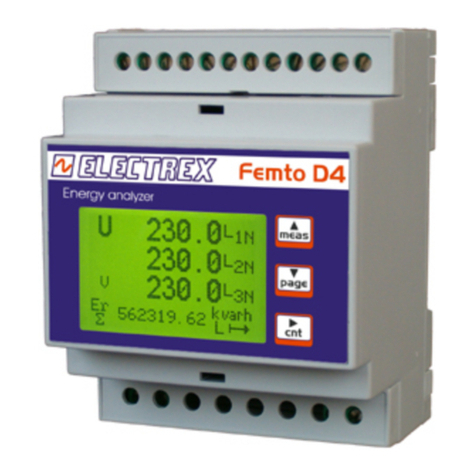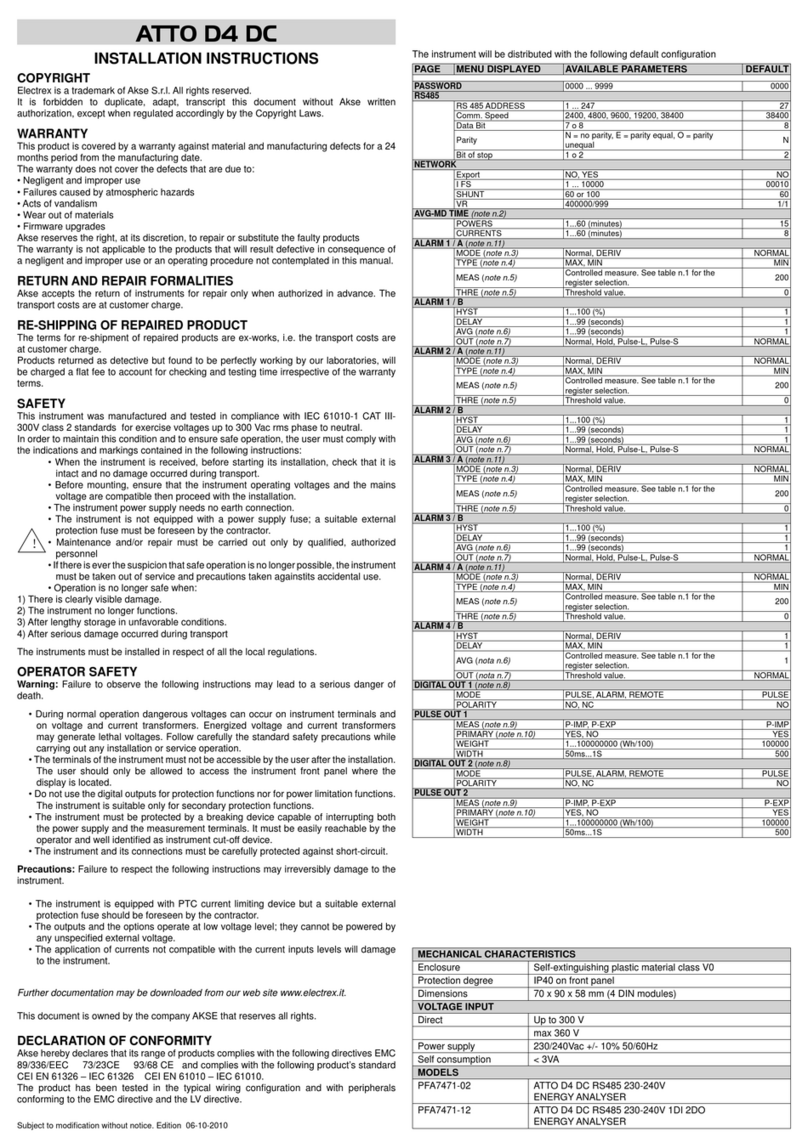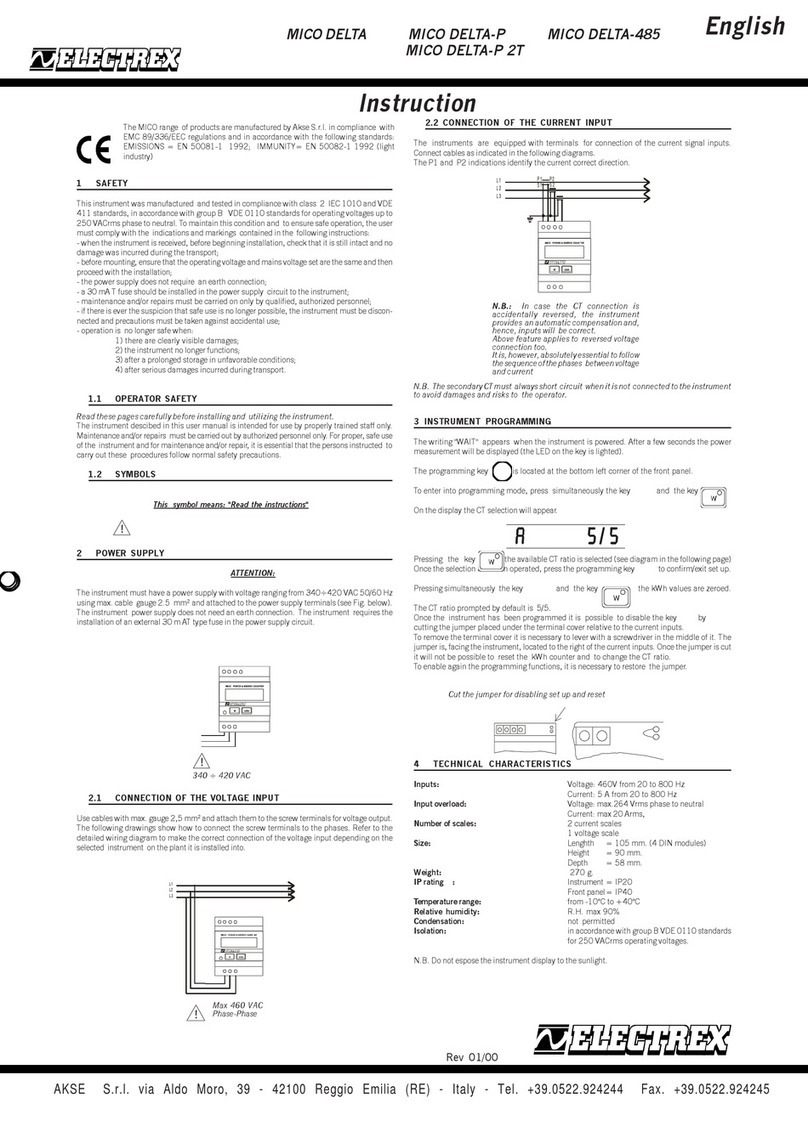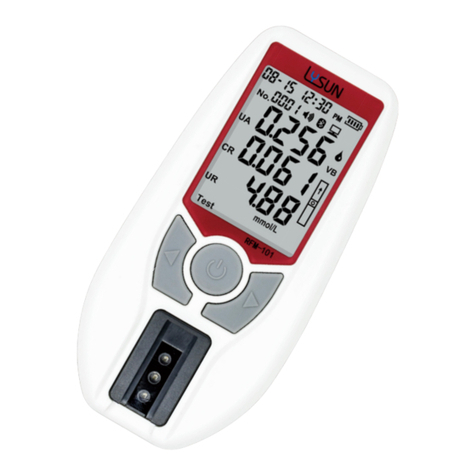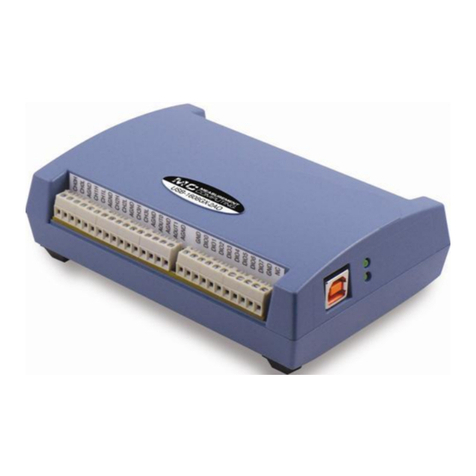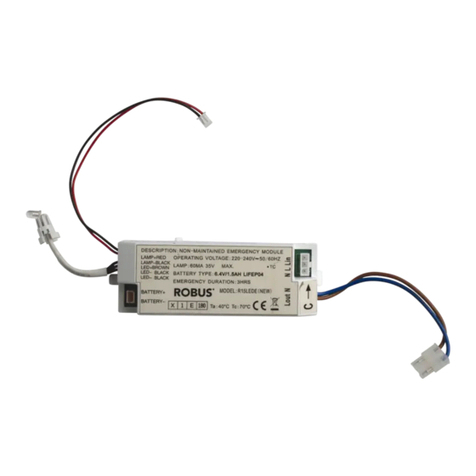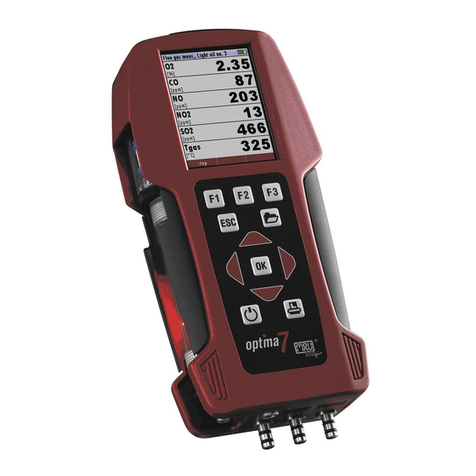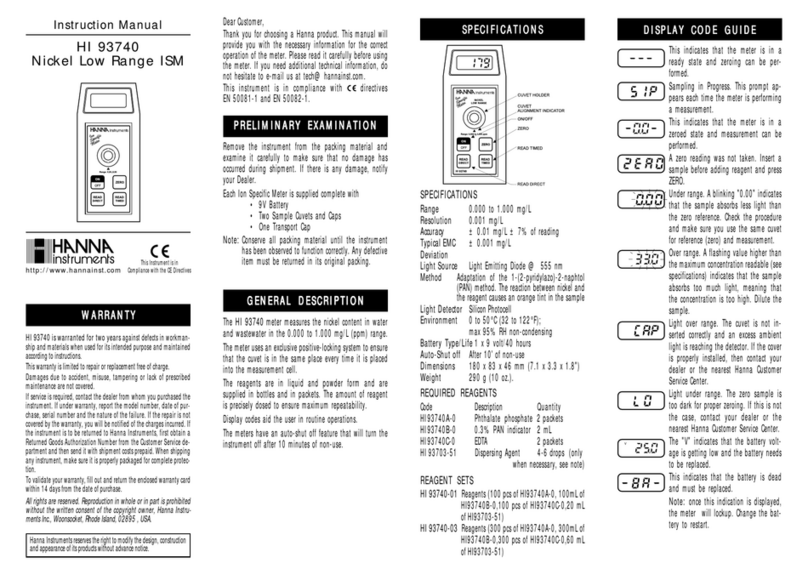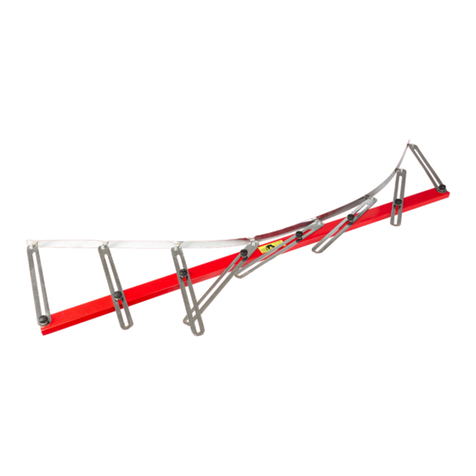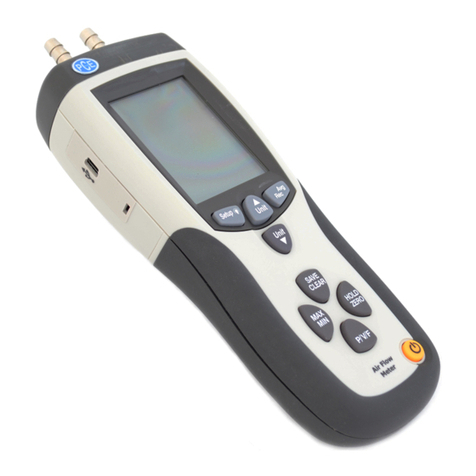2
Index
INTRODUCTION .............................................................................................................................. 3
1.1 COPYRIGHT........................................................................................................................ 3
1.2 WARRANTY ........................................................................................................................3
1.3 RETURN AND REPAIR FORMALITIES .............................................................................. 3
1.3.1 RE-SHIPPING OF REPAIRED PRODUCT .................................................................. 3
1.3.2 Return Material Authorization (RMA form) ................................................................... 4
2Safety......................................................................................................................................... 5
2.1 Operator safety .................................................................................................................... 5
3Mounting .................................................................................................................................... 6
3.1 Instruments size (mm) ......................................................................................................... 6
3.2 Optional modules size (mm) ................................................................................................ 6
3.3 Fixing and blocking .............................................................................................................. 6
4Wiring diagrams......................................................................................................................... 7
4.1 Power supply ....................................................................................................................... 7
4.2 Measurement connections................................................................................................... 7
4.2.1 Voltage connection........................................................................................................ 7
4.2.2 Current connection ........................................................................................................ 7
4.2.3 4W Star connection (4 wire) .......................................................................................... 8
4.2.4 3W Delta connection (3 wire) ........................................................................................ 9
4.2.4.1 Connection with 2 CTs on L1 and L3 ................................................................... 9
4.2.4.2 Connection with 2 CTs on L1 and L2 ................................................................. 10
4.2.5 2 Wire connection (single phase) ................................................................................ 10
4.2.6 2 Wire connection (bi-phase) ...................................................................................... 11
4.3 Outputs connection............................................................................................................ 11
4.4 Optional modules connection............................................................................................. 12
4.4.1 RS485 Option.............................................................................................................. 12
4.4.2 RS232 Option.............................................................................................................. 13
4.4.3 Dual 4-20 mA analog output option............................................................................. 13
5Instrument use ......................................................................................................................... 14
5.1 Instrument set up ...............................................................................................................14
5.1.1 Set up sequence ......................................................................................................... 15
5.1.2 Configuration procedure.............................................................................................. 16
5.1.2.1 Electrical system configuration........................................................................... 16
5.1.2.2 Communication characteristics configuration..................................................... 18
5.1.2.3 Digital Outputs configuration .............................................................................. 18
5.1.2.4 Pulse characteristics configuration..................................................................... 19
5.1.2.5 Alarm configuration ............................................................................................ 20
5.1.2.6 4-20 mA Analog Outputs configuration. ............................................................. 22
5.1.2.6.1 Alarms and 4-20 mA output configuration for the average (AVG) parameters .............. 23
5.1.2.7 Clock calendar configuration (for X3M-D only) .................................................. 24
5.1.2.8 Contrast adjustment ........................................................................................... 25
5.1.2.8.1 Time zones ..................................................................................................................... 26
5.1.3 Reset Procedure ......................................................................................................... 30
5.2 Readings............................................................................................................................ 31
5.2.1 Readings selection keys.............................................................................................. 31
5.2.1.1 Voltage and Frequency readings ....................................................................... 31
5.2.1.2 Current readings ................................................................................................ 31
5.2.1.3 Powers ............................................................................................................... 32
5.2.1.4 Power Factor...................................................................................................... 34
5.2.1.5 Energies ............................................................................................................. 34
5.2.1.6 Tariff Energies and Tariff Maximum Demand (for X3M-D only) ........................ 35
5.2.1.7 Calendar Clock (for X3M-D only) and Life Time................................................. 36




















